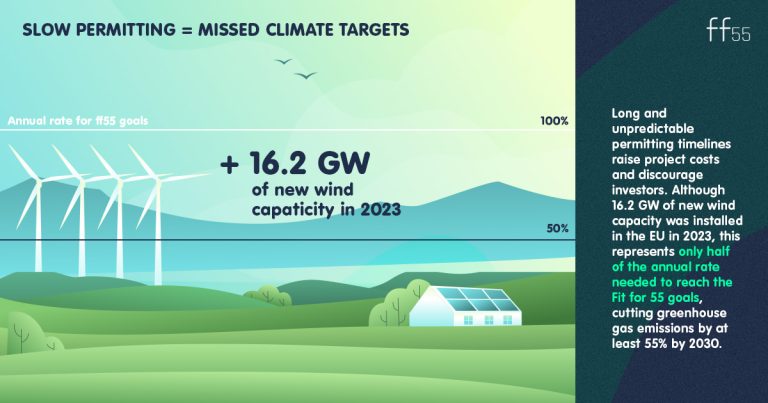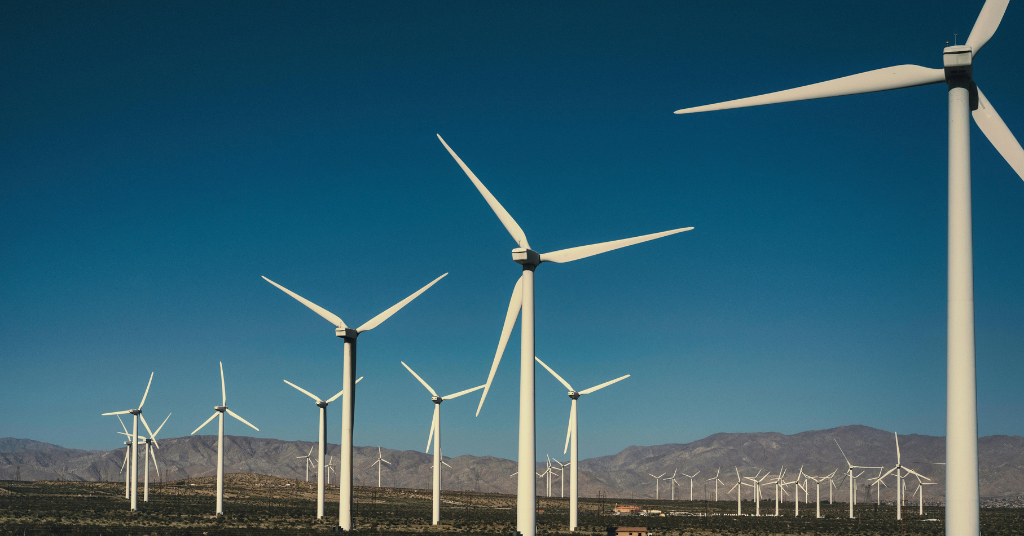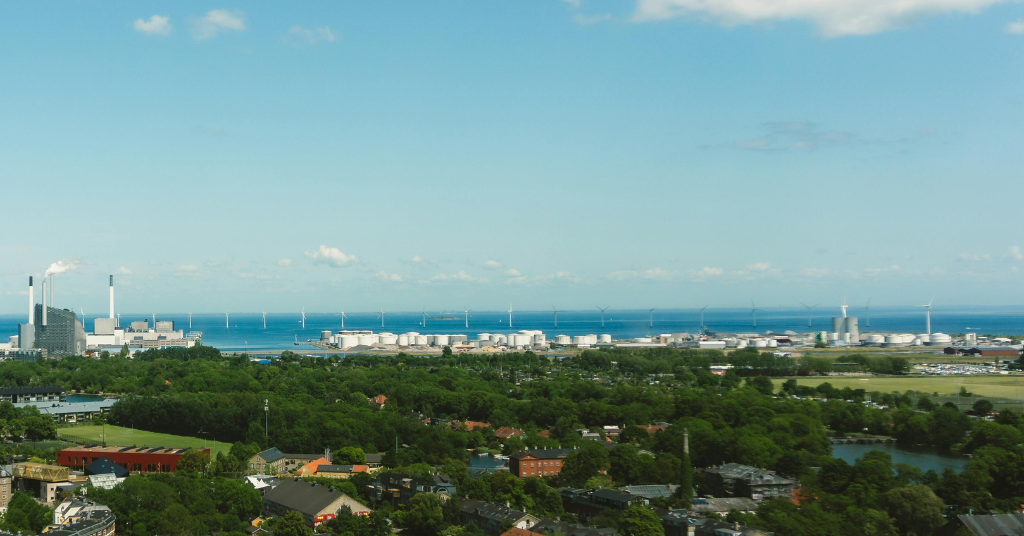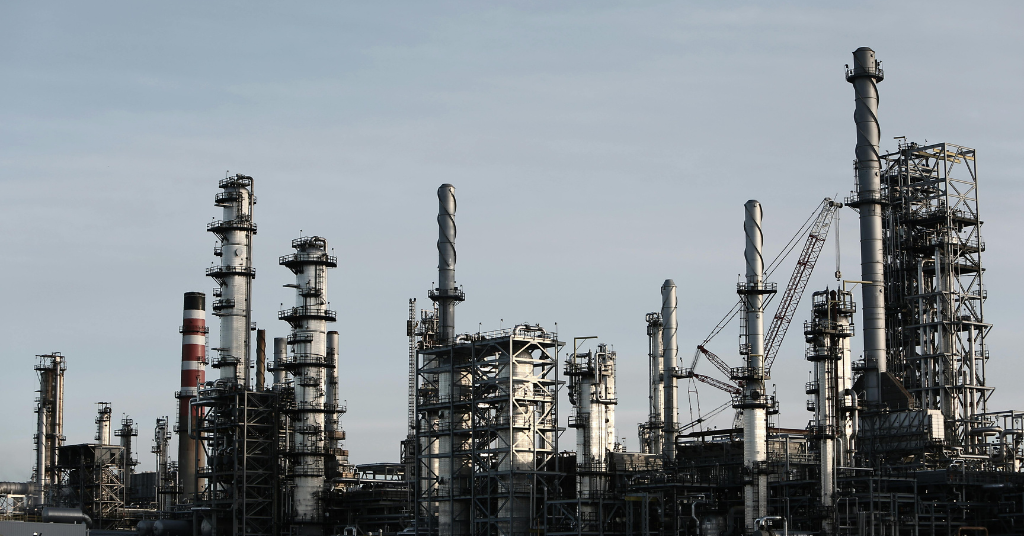We often hear that “the technology is ready, but the paperwork slows it down.” This is particularly true for wind farms across Europe: the administrative path for these projects often takes years, even though the EU has set clear targets to speed up permitting. Below is an overview of why these processes take so long, what the consequences are, and how the EU is trying to fix it.
What does the EU want?
The REPowerEU plan and the revised Renewable Energy Directive (RED III) aim to limit permitting procedures for new renewable energy projects to a maximum of two years (and one year for repowering). They also promote one-stop digitalized systems and the designation of Renewables Acceleration Areas (RAAs).
In practice, however, progress remains slow. In Germany, onshore wind permitting still takes three to five years, depending on location and procedure, and can be even longer in other member states. European Commission, Global Factor
Although 2023 showed signs of improvement Germany, for example, issued permits for 7.5 GW, a 70% increase from 2022 the total process time remains far from the EU’s target. Wind Europe
Why does it take so long?
- Complex, multi-level procedures
Environmental impact assessments, nature protection reviews, spatial planning, and court appeals form a layered and often overlapping system that differs across countries. The EU’s RES Simplify study identified bottlenecks and shared best practices, but implementation remains inconsistent. GOV UK
- Grid connection congestion
Limited grid capacity has become one of the main obstacles. Across Europe, more than 500 GW worth of renewable projects are waiting for a grid connection a delay that can hold back investments for years and slow the integration of renewables into the power market. WindEurope
- Public opposition and legal disputes
The “Not in My Backyard” (NIMBY) effect is well documented. A Norwegian study found that while 37% of respondents support wind energy at the national level, only 27% are in favor when projects are located near their homes. NIH In Spain, particularly in Galicia, civil lawsuits have suspended numerous approved projects due to concerns about transparency and environmental impacts.
- Environmental disputes
Debates about bird and bat collisions often add extra review layers. While research offers effective mitigation tools such as increasing turbine “cut-in” speeds or scheduling temporary shutdowns these measures themselves often require additional permits. Energy Research and Development Division
The Consequences
Delays → uncertainty → a slower transition

Long and unpredictable permitting timelines raise project costs and discourage investors. Although 16.2 GW of new wind capacity was installed in the EU in 2023, this represents only half of the annual rate needed to reach the Fit for 55 goals, cutting greenhouse gas emissions by at least 55% by 2030. WindEurope, European Commission
The Fit for 55 package explicitly emphasizes that the green transition must not stall behind administrative walls because, as the European Commission put it, “our future cannot wait for paperwork.”
If permitting slows down, investments slow down too, delaying grid upgrades, new capacity, and ultimately Europe’s energy independence.
Real-world examples
- Germany: Between 2023 and 2025, onshore approvals are rising sharply, but regional differences and route or transport permits still create bottlenecks. Recharge, WindPower
- Spain (Galicia): A wave of civil lawsuits and environmental disputes has put dozens of projects on hold. Reuters
Scandinavia: Strong national support but lower local acceptance, a clear NIMBY gap. Springer
Summary
Permitting is not just an administrative hurdle, it’s a strategic bottleneck. The Fit for 55 goals will only be achievable if Europe can break through the bureaucratic walls that slow the green transition.
Faster, more transparent, and digitalized permitting isn’t just an industry demand, it’s a climate necessity, because our future truly cannot wait for paperwork.



